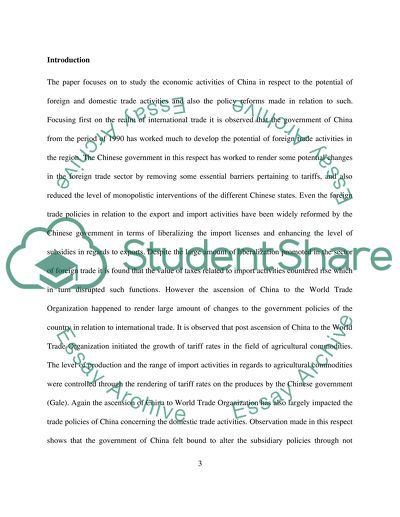Cite this document
(“Current State of the Economy in China Research Paper”, n.d.)
Retrieved from https://studentshare.org/macro-microeconomics/1424936-current-state-of-the-economy-in-china
Retrieved from https://studentshare.org/macro-microeconomics/1424936-current-state-of-the-economy-in-china
(Current State of the Economy in China Research Paper)
https://studentshare.org/macro-microeconomics/1424936-current-state-of-the-economy-in-china.
https://studentshare.org/macro-microeconomics/1424936-current-state-of-the-economy-in-china.
“Current State of the Economy in China Research Paper”, n.d. https://studentshare.org/macro-microeconomics/1424936-current-state-of-the-economy-in-china.


